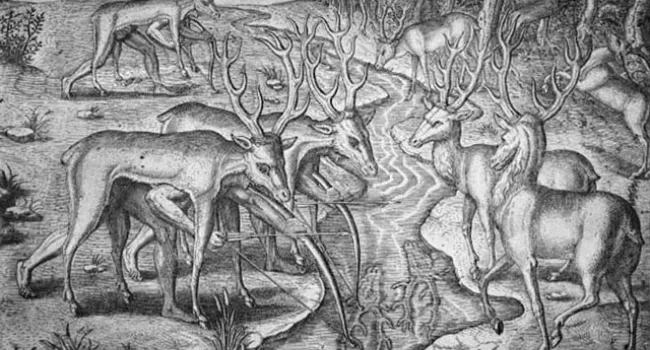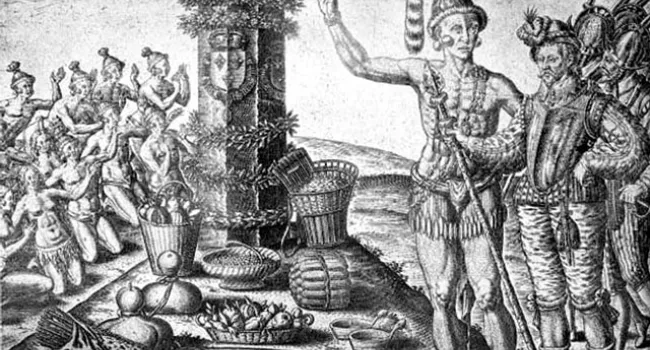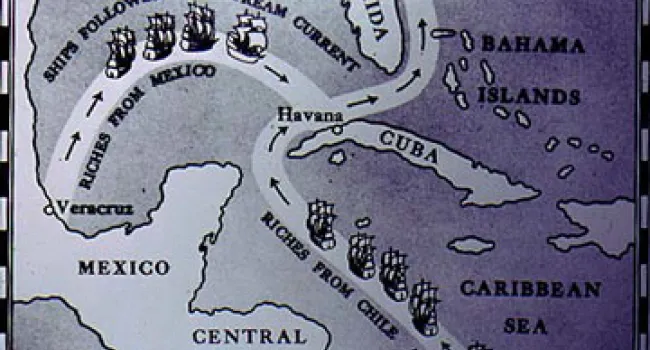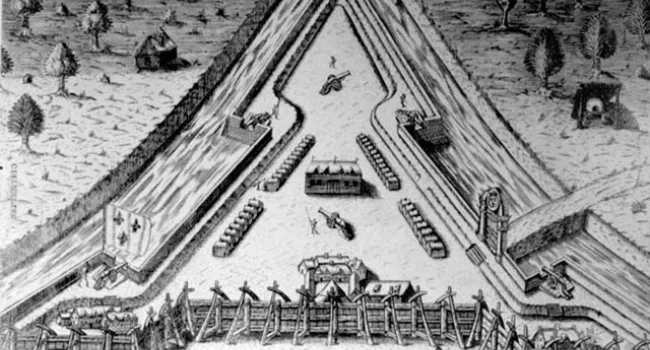
Eight hundred years before French, Spanish, or English arrived to challenge them, a Native American culture, called "Mississippian" by cultural anthropologists, flourished in the southeastern part of North America, including what Europeans would call Carolina. They were an agricultural people who also hunted, fished, and gathered nuts and shellfish to supplement their diet. Villages of families, protected from enemies by a palisade or fence, were the basic unit of their society. The villages were organized into clans and tribes. Different groups spoke variations of a variety of language families. One historian has listed 46 different tribes who represented five different language families in what is now South Carolina. The two largest tribes were the Cherokee in the northwest and the Catawba in the area around what is now Rock Hill. The coastal Native Americans first seen by European explorers were not part of either of these tribes, however. Indeed, the 19 tribes around them are difficult even to classify into a single language group. We do not have pictures of them, but it is probable that in many respects they lived very similarly to these Native Americans.
Courtesy of the South Caroliniana Library.
Standards
- 4.1.CX Contextualize the experience of Africans, Europeans, and Native Americans in South Carolina.
- This indicator was written to promote inquiry into the unique development of ethnic, political, and religious identities in the New England, Mid-Atlantic, and Southern colonies.
- 8.1.CC Analyze the changes and continuities of the Native Americans' experiences prior to and as a result of settlement and colonization.
- This indicator was developed to encourage inquiry into Native American civilizations and cultures prior to European contact and their interactions with Europeans during the period of settlement and colonization, including their efforts to preserve their cultures.






